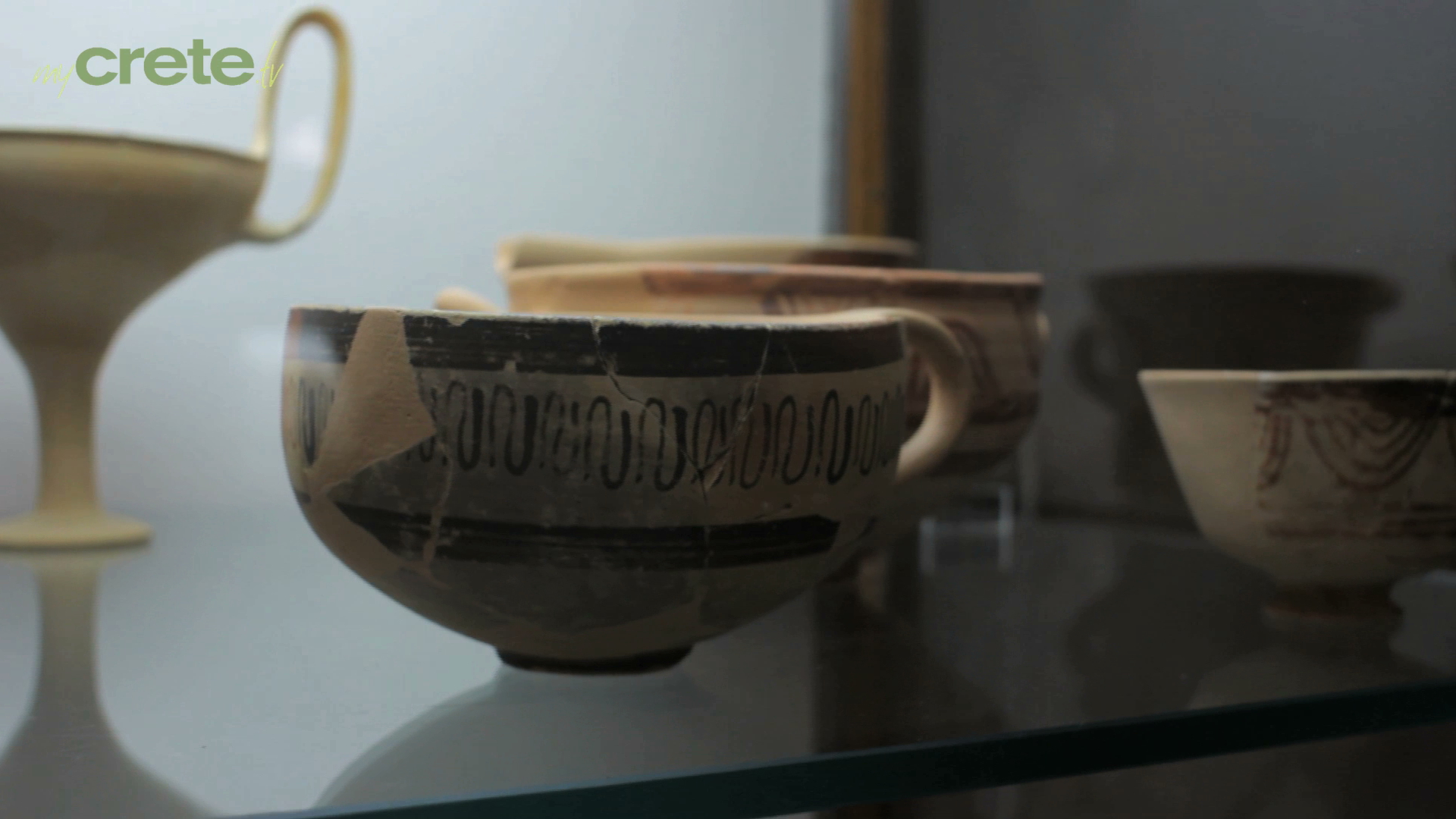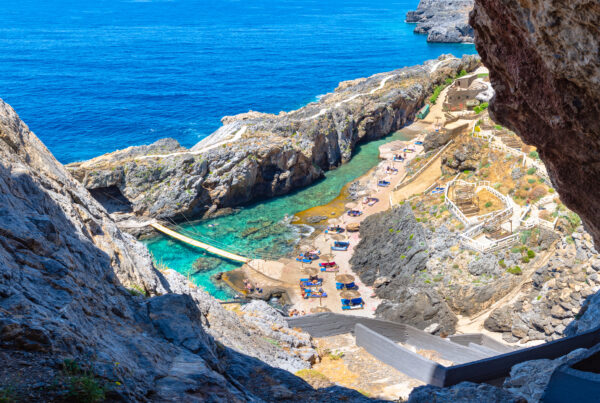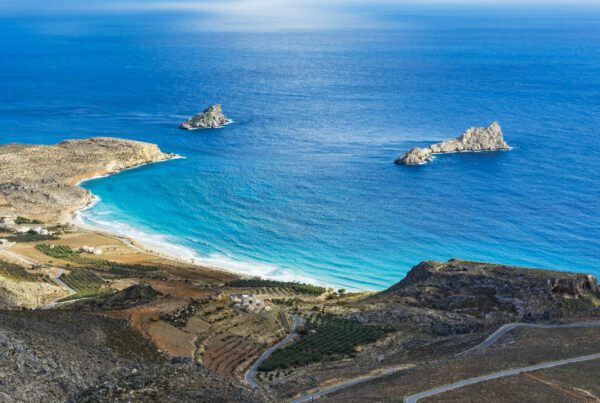Discover Crete’s rich history in the Archeological Museum at Chania
The Archeological Museum of Chania is located in the city’s historical centre. It is housed in the former temple (katholikon) of a medieval Franciscan monastery, one of the most important monuments of the Venetian period in Crete (1211-1669). During the period of the Ottoman occupation, the building was converted into a mosque and its operation as a museum was established in 1963.
Stay in the center of Chania Town
The museum galleries host antiquities recovered from the city of Chania and the wider region of western Crete, which cover a time span from the Neolithic to the Roman periods (4th millenium BC – 3rd century AD), thus presenting a diachronical picture of the historical and cultural evolution of the region.
The Museum has its own conservation laboratories for pottery, metal artefacts, coins, frescoes and mosaics, as well as a chemical laboratory. There is also a museum shop run by the Archaeological Receipts Fund in the converted belfry next to the main entrance. The aim of the Museum is to promote local cultural history in the best possible way, in order to make the Museum a major attraction drawing large numbers of visitors.






